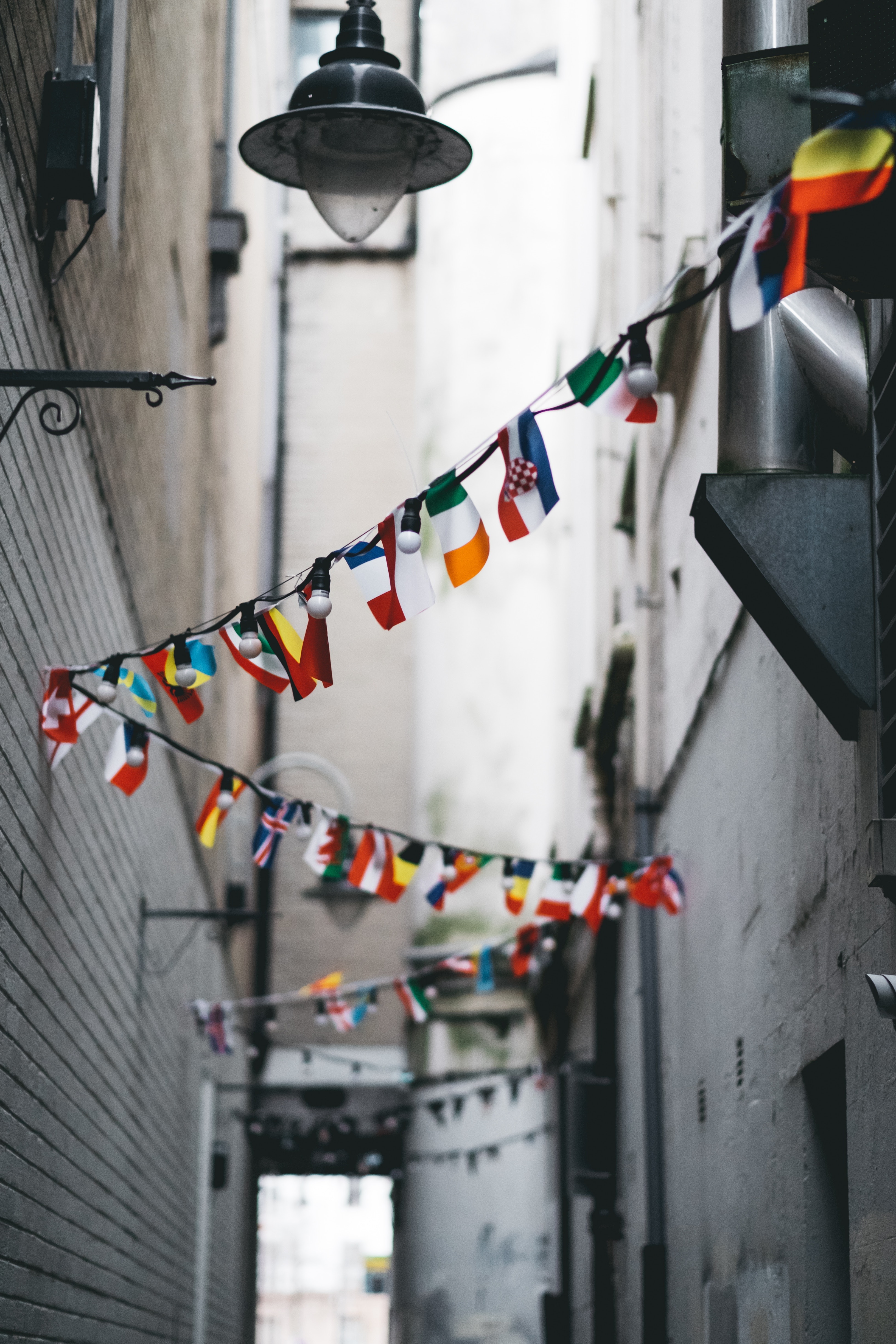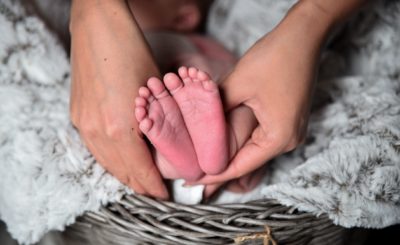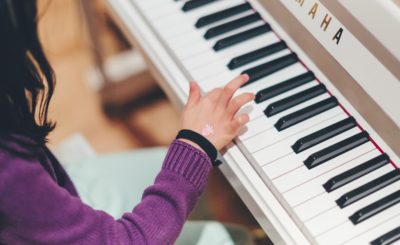The most important time in a baby’s brain development is between 0-3 years of age. It is at this time that the brain grows most rapidly (the weight of the brain quadruples during those 3 years) and is most open to learning.
It follows, then, that language acquisition is better at this stage than at any other. Not only is it a great time to add exposure to another language, there is evidence that bilingual children (and adults) have better executive function (the ability to manage multiple tasks, organise thoughts, self regulate, and focus) when compared with monolingual people.
Finding a way to help your child learn more than one language if you live in a monolingual household can be difficult. Many languages have “immersion” toddler groups available in the community. Some require a parent to also speak the language, but many allow monolingual parents to bring their children for exposure to a new language. Look online for your area.
Additionally, there are some great books and cds for young children to help them learn other languages. We’ve found the Usborne “listen and learn” range very useful- a series of books with commonly used words illustrated. Press the pictures to hear the words spoken by a native speaker of the language you have bought. They particularly help to demonstrate pronunciation of words in a fun, interactive and brightly coloured format. The Lonely Planet series of children’s “first words” books is another useful resource, particularly when used with their excellent free website with pronunciations of all the words in the books. We found these books and site a bit harder to navigate compared to the Usborne books, but still a very useful finding.



